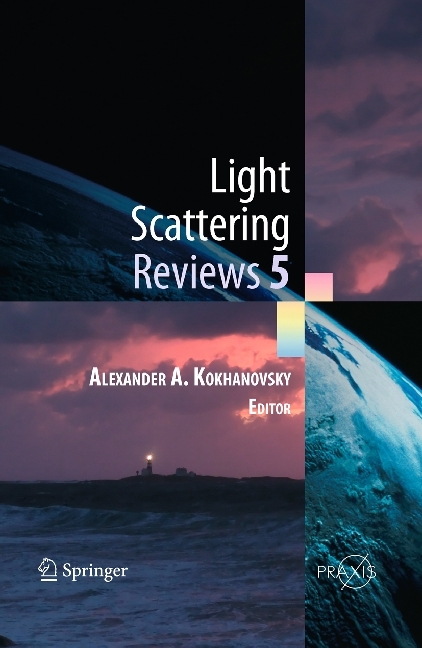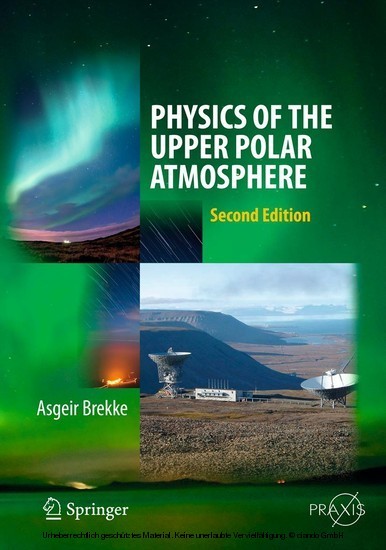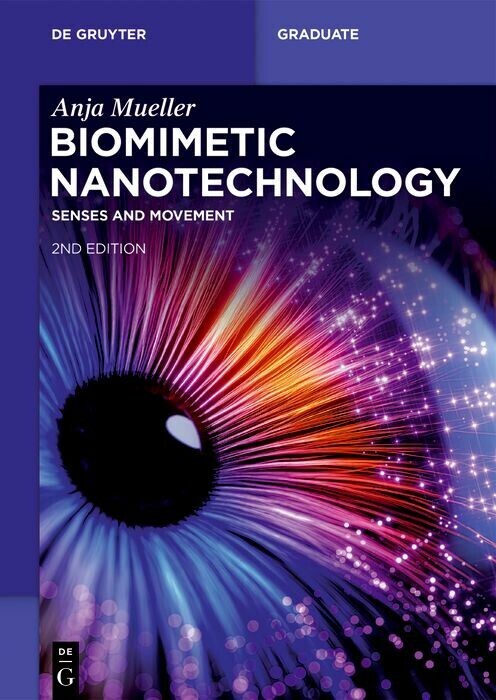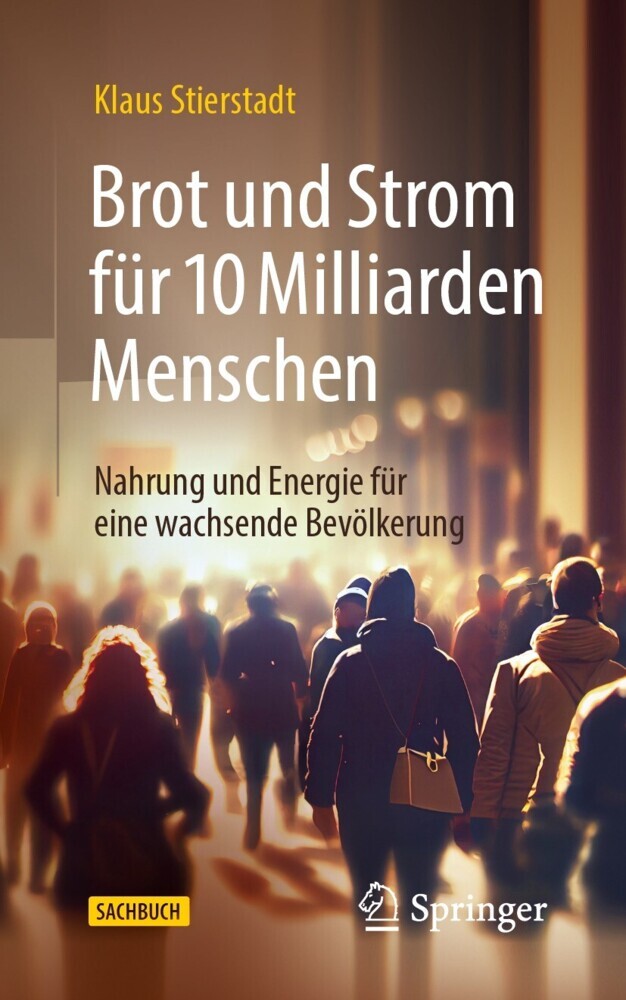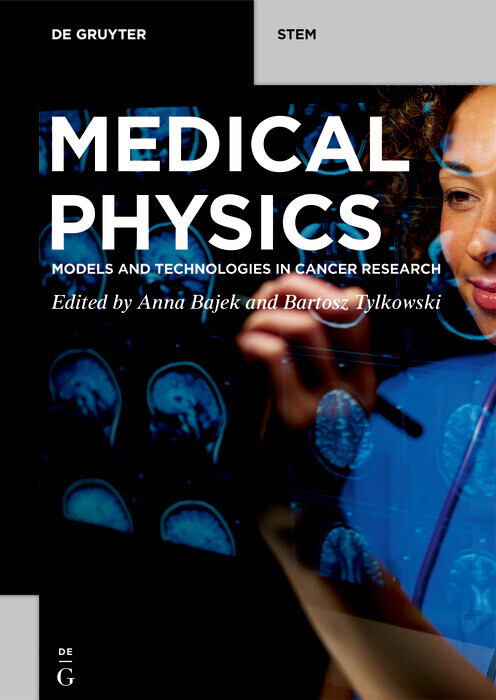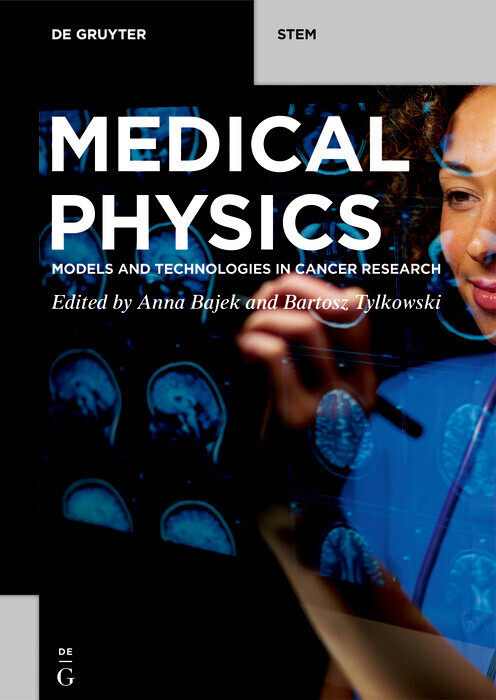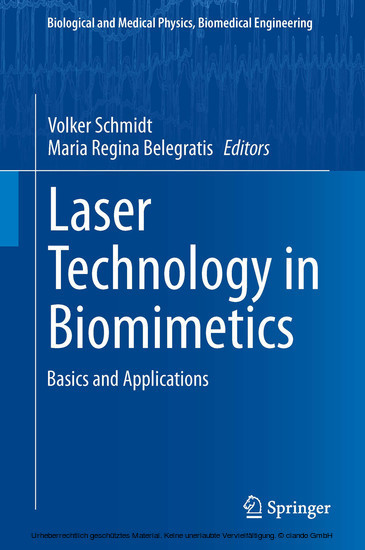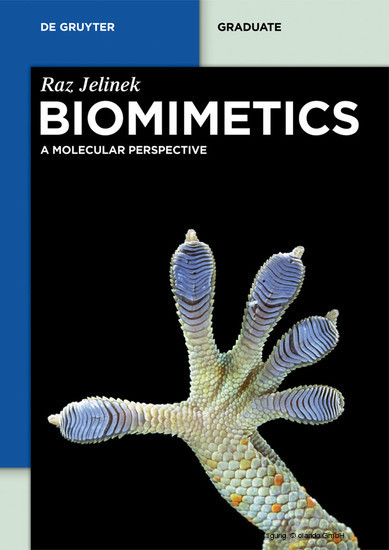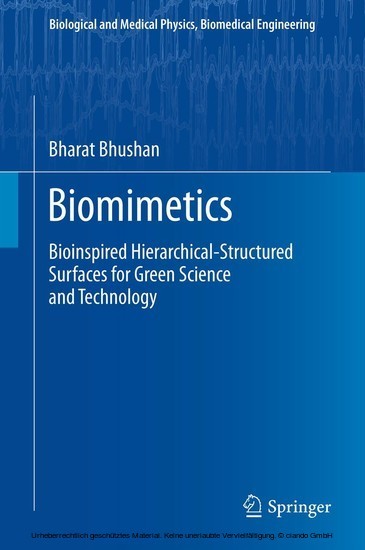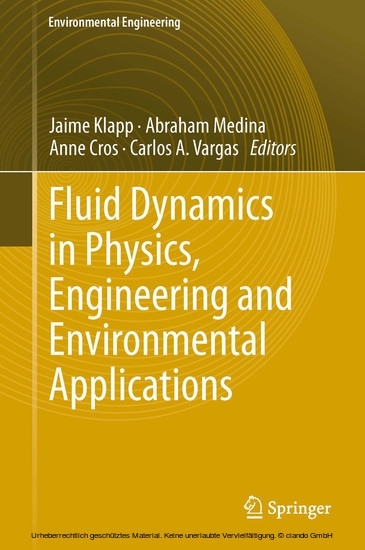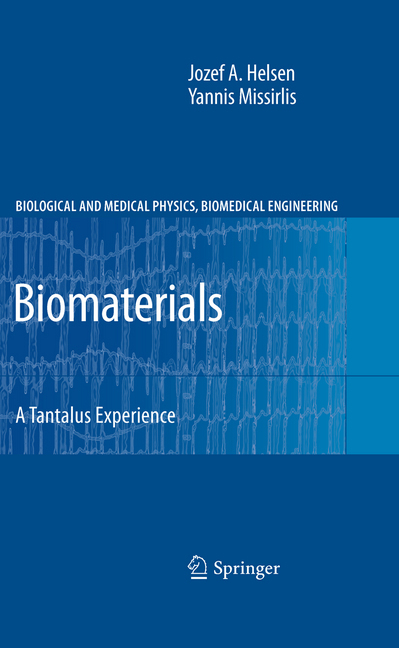Light Scattering Reviews 5
Single Light Scattering and Radiative Transfer
Light scattering by densely packed inhomogeneous media is a particularly ch- lenging optics problem. In most cases, only approximate methods are used for the calculations. However, in the case where only a small number of macroscopic sc- tering particles are in contact (clusters or aggregates) it is possible to obtain exact results solving Maxwell's equations. Simulations are possible, however, only for a relativelysmallnumberofparticles,especiallyiftheirsizesarelargerthanthewa- length of incident light. The ?rst review chapter in PartI of this volume, prepared by Yasuhiko Okada, presents modern numerical techniques used for the simulation of optical characteristics of densely packed groups of spherical particles. In this case, Mie theory cannot provide accurate results because particles are located in the near ?eld of each other and strongly interact. As a matter of fact, Maxwell's equations must be solved not for each particle separately but for the ensemble as a whole in this case. The author describes techniques for the generation of shapes of aggregates. The orientation averaging is performed by a numerical integration with respect to Euler angles. The numerical aspects of various techniques such as the T-matrix method, discrete dipole approximation, the ?nite di?erence time domain method, e?ective medium theory, and generalized multi-particle Mie so- tion are presented. Recent advances in numerical techniques such as the grouping and adding method and also numerical orientation averaging using a Monte Carlo method are discussed in great depth.
1;Contents;6 2;List of Contributors;14 3;Notes on the contributors;18 4;Preface;24 5;Part I Optical Properties of Small Particlesand their Aggregates;30 5.1;1 Numerical simulations of light scattering andabsorption characteristics of aggregates;31 5.1.1;1.1 Introduction;31 5.1.2;1.2 Properties of aggregates used in numerical simulations;32 5.1.2.1;1.2.1 Physical and light scattering properties;32 5.1.2.2;1.2.2 Shapes of aggregates;34 5.1.2.3;1.2.3 Aggregate orientation;35 5.1.3;1.3 Methods for numerical light scattering simulations;36 5.1.3.1;1.3.1 The DDA and FDTD;38 5.1.3.2;1.3.2 The CTM and GMM;39 5.1.3.3;1.3.3 The EMT;40 5.1.3.4;1.3.4 Future extensions of the numerical methods;40 5.1.4;1.4 Improved numerical simulations;41 5.1.4.1;1.4.1 Grouping and adding method (GAM);41 5.1.4.2;1.4.2 Numerical orientation averaging using a quasi-Monte-Carlomethod (QMC);44 5.1.4.3;1.4.3 Extended calculation of light scattering properties withnumerical orientation averaging;47 5.1.4.4;1.4.4 Scattering and absorption of BCCA composed of tensto thousands of monomers;50 5.1.4.5;1.4.5 Intensity and polarization of light scattered bysilicate aggregates;52 5.1.5;1.5 Summary;55 5.1.6;References;59 5.2;2 Application of scattering theories to thecharacterization of precipitation processes;64 5.2.1;2.1 Introduction;64 5.2.2;2.2 Aggregate formation;65 5.2.2.1;2.2.1 Precipitation and particle synthesis;65 5.2.2.2;2.2.2 Particle shapes during precipitation;66 5.2.2.3;2.2.3 Dynamics of precipitation: modelling;68 5.2.3;2.2.4 Particle sizing during precipitation;69 5.2.4;2.3 Approximations for non-spherical particles;71 5.2.4.1;2.3.1 Rayleigh approximation;71 5.2.4.2;2.3.2 Rayleigh-Gans-Debye approximation;71 5.2.4.3;2.3.3 Anomalous Diffraction approximation;73 5.2.5;2.4 Approximations for aggregate scattering cross-section;74 5.2.5.1;2.4.1 Exact theory for non-spherical particles and aggregates;74 5.2.5.2;2.4.2 Main features of the scattering properties of aggregates;77 5.2.5.3;2.4.3 Approximate methods (CS, BPK, AD, ERI) for aggregates;82 5.2.5.4;2.4.4 Application: turbidity versus time duringthe agglomeration process;88 5.2.6;2.5 Approximation for radiation pressure cross-section;91 5.2.6.1;2.5.1 Introduction;91 5.2.6.2;2.5.2 Main features of radiation pressure cross-section;92 5.2.6.3;2.5.3 Approximate methods for aggregates;95 5.2.6.4;2.5.4 Conclusion;97 5.2.7;2.6 Scattering properties versus geometrical parametersof aggregates;97 5.2.8;2.7 Conclusion;101 5.2.9;References;102 6;Part II Modern Methods in Radiative Transfer;106 6.1;3 Using a 3-D radiative transfer Monte-Carlomodel to assess radiative effects on polarizedreflectances above cloud scenes;107 6.1.1;3.1 Introduction;107 6.1.2;3.2 Including the polarization in a 3-D Monte-Carloatmospheric radiative transfer model;108 6.1.2.1;3.2.1 Description of radiation and single scattering:Stokes vector and phase matrix;108 6.1.2.2;3.2.2 Description of the radiative transfer model, 3DMCpol;113 6.1.3;3.3 Total and polarized reflectances in the caseof homogeneous clouds (1-D);117 6.1.3.1;3.3.1 Validation of the MC polarized model;117 6.1.3.2;3.3.2 Reflectances of homogeneous clouds as a functionof the optical thickness;120 6.1.4;3.4 Total and polarized reflectances in the caseof 3-D cloud fields;120 6.1.4.1;3.4.1 Description of the 3-D cloud fields used;120 6.1.4.2;3.4.2 Comparisons with SHDOM and time considerations;122 6.1.4.3;3.4.3 High spatial resolution (80 m): illumination and shadowing effects;124 6.1.4.4;3.4.4 Medium spatial resolution (10 km):sub-pixel heterogeneity effects;125 6.1.5;3.5 Conclusions and perspectives;127 6.1.6;References;128 6.2;4 Linearization of radiative transfer in sphericalgeometry: an application of the forward-adjointperturbation theory;131 6.2.1;4.1 Introduction;131 6.2.2;4.2 Forward-adjoint perturbation theoryin spherical geometry;134 6.2.2.1;4.2.1 The forward radiative transfer equation;134 6.2.2.2;4.2.2 The adjoint formulation of radiative transfer;137 6.2.2.3;4.2.3 Per
Kokhanovsky, Alexander A.
| ISBN | 9783642103360 |
|---|---|
| Artikelnummer | 9783642103360 |
| Medientyp | E-Book - PDF |
| Auflage | 2. Aufl. |
| Copyrightjahr | 2010 |
| Verlag | Springer-Verlag |
| Umfang | 549 Seiten |
| Sprache | Englisch |
| Kopierschutz | Digitales Wasserzeichen |

